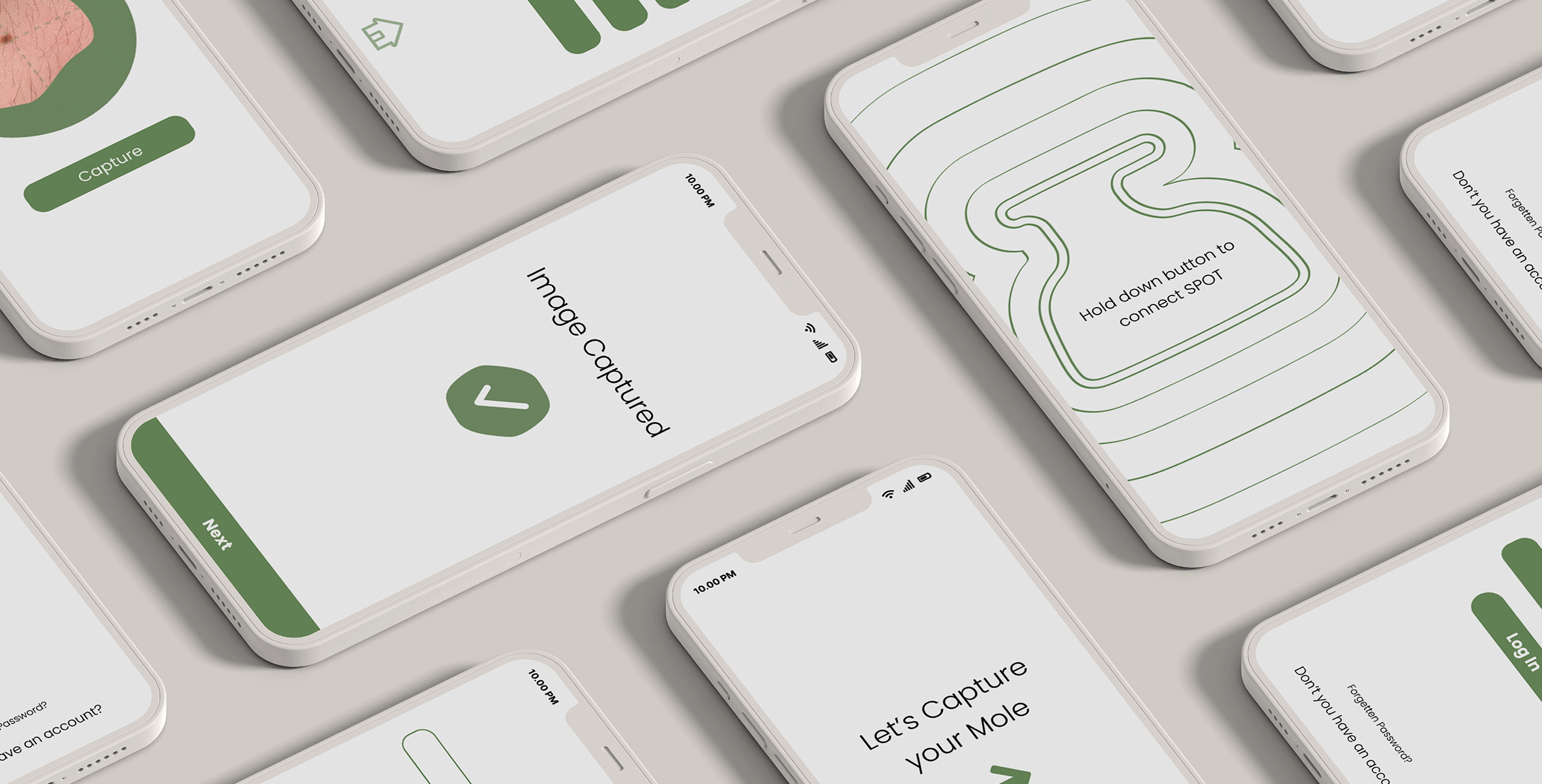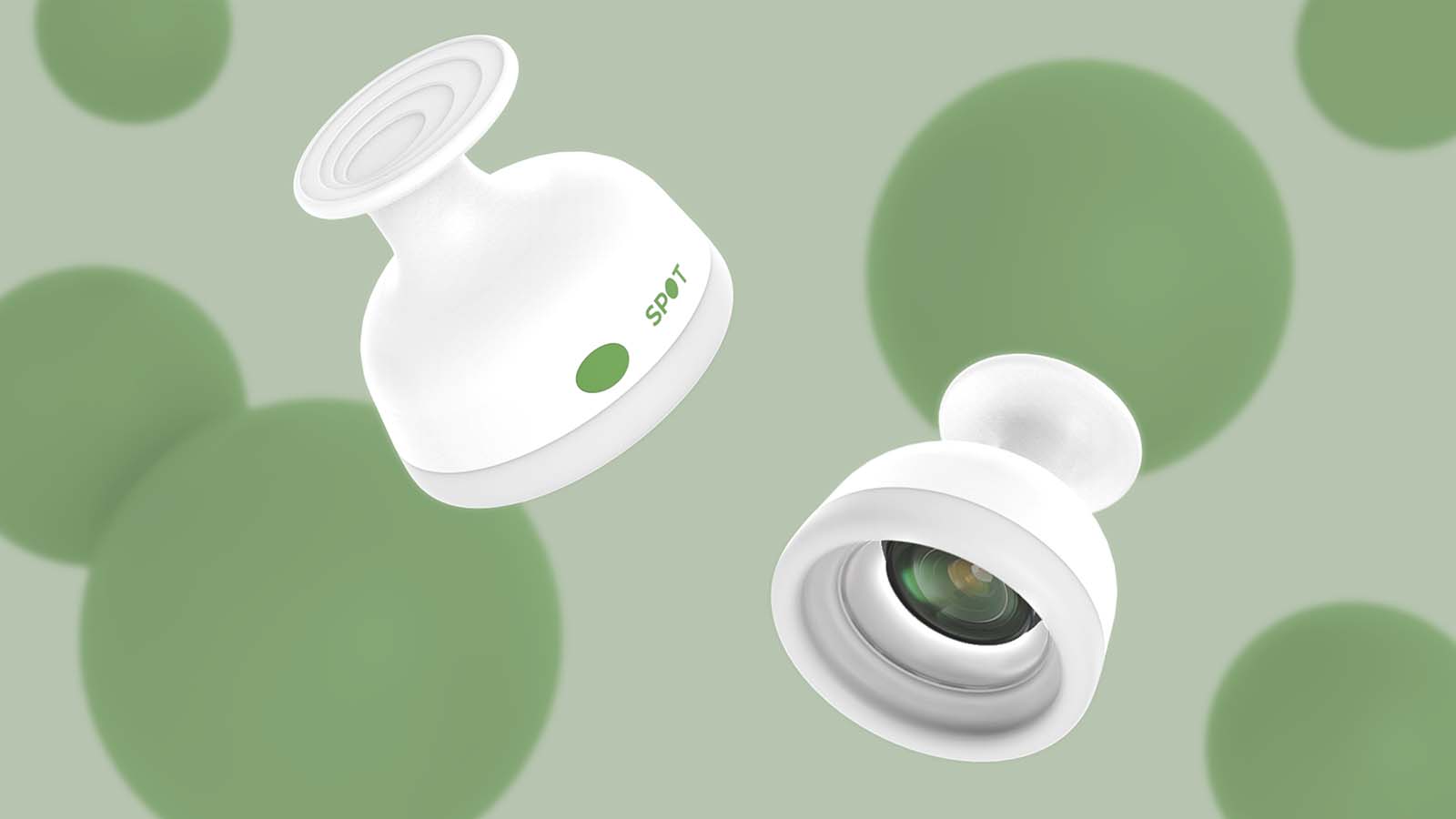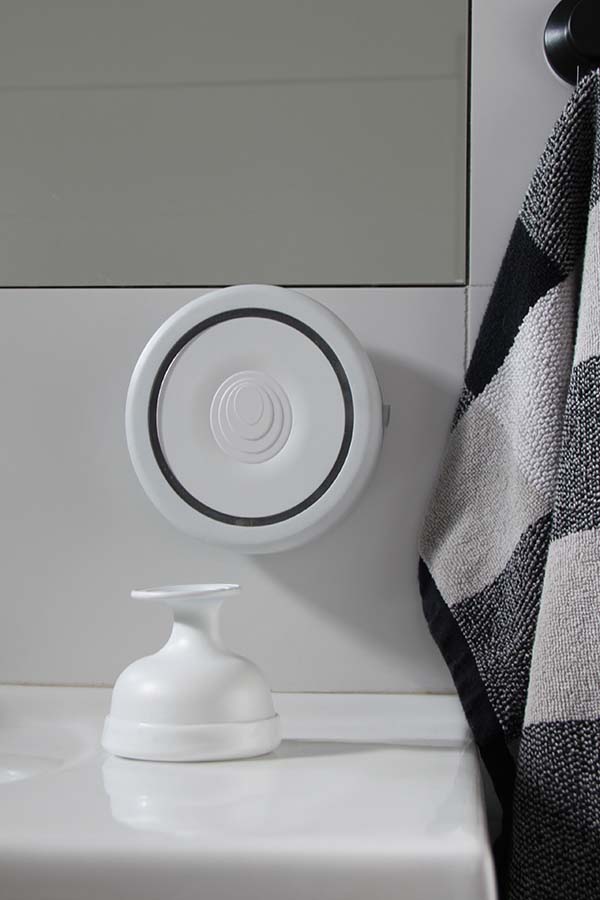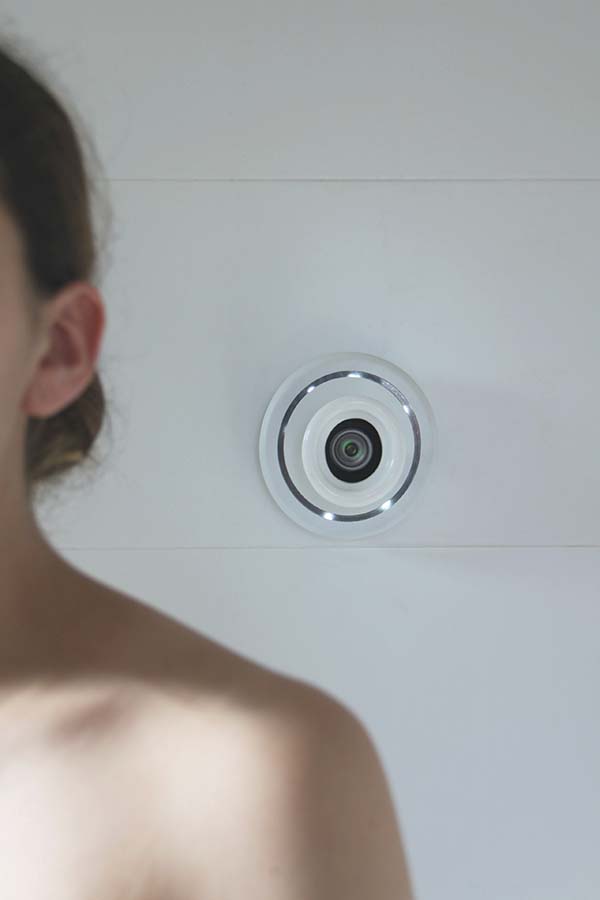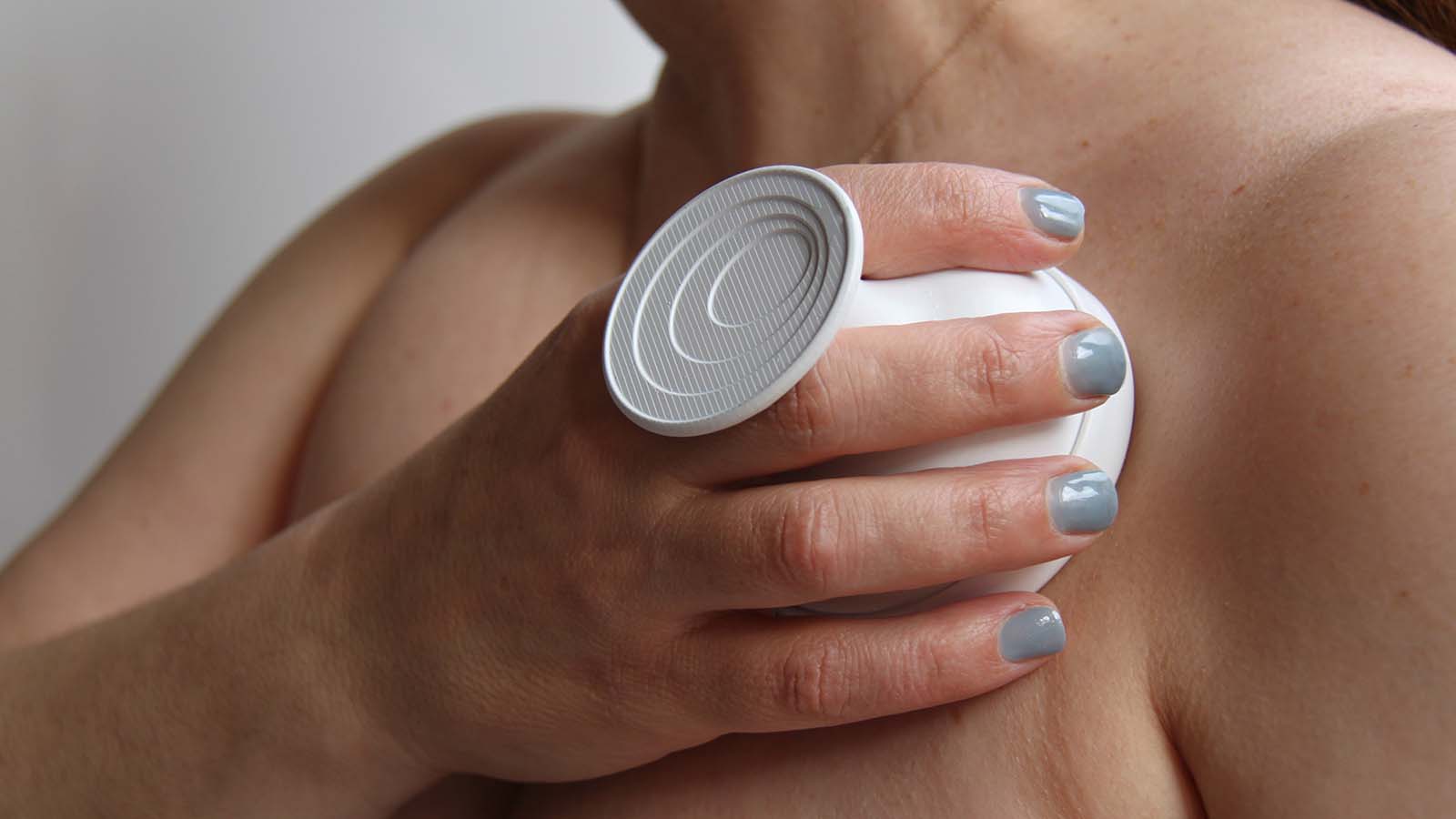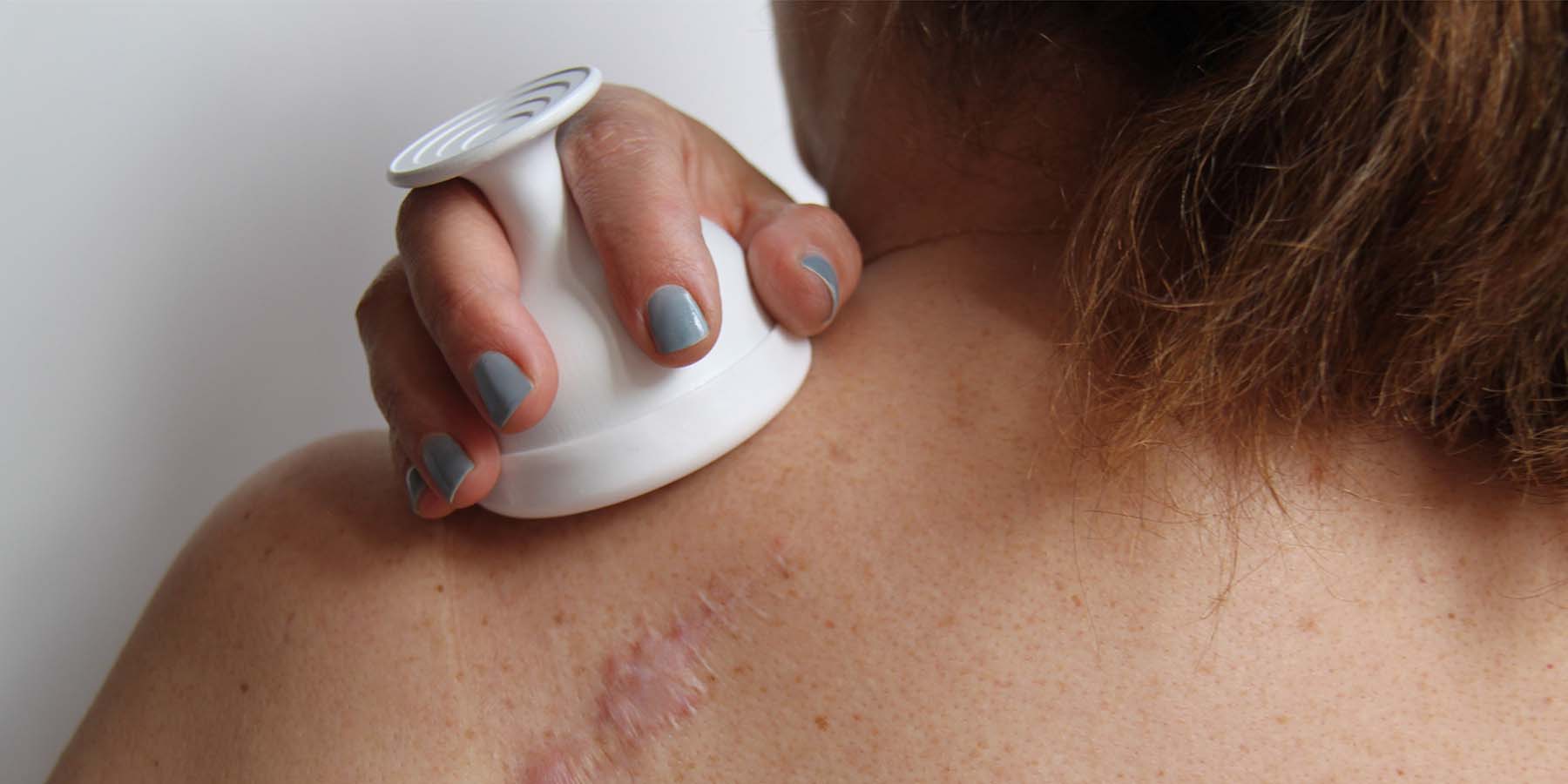Centring around a unity of creativity, curiosity and collaboration, the design process embraces immersive approaches to challenge how we can we confidently and accurately self-monitor moles over time. Guided by the ‘Double Diamond’ methodology, I began by thoroughly understanding the needs and aspirations of the end users. Participatory practices through collaboration with melanographers and melanoma patients motivated product development with a clear and supported vision, addressing specific concerns with confidence, and attesting to the significance of specialist communication in my own practice.
My approach to design celebrates tactility, preferring to rapidly mock up in three-dimensional form to drive innovation. Numerous concepts, constructed from cardboard, clay, 3D prints and more, were vigorously experimented to harmoniously blend aesthetics with functionality. The culmination of these efforts led to an ergonomic 1:1 scale prototype, complete with a removable wall mount and digital application adapting both manual and digital techniques.

